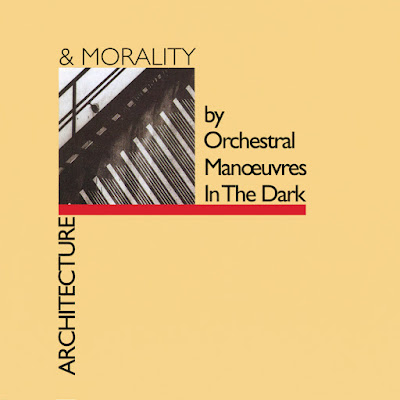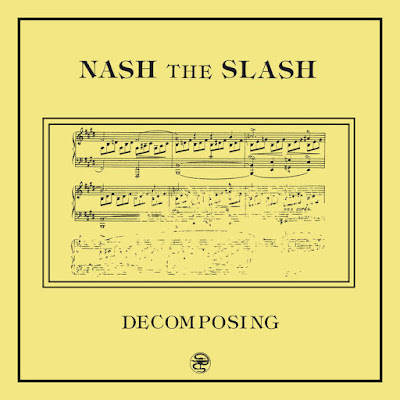
I
was 3 years old when The Monkees TV show debuted on NBC in September of
1966. I probably wasn’t watching TV that night and most likely don’t
remember the show from its initial run, but when it went into
syndication and became a Saturday morning staple of the late 1960s and
early 1970s, it became essential viewing for this kid. I never missed
the show for as long as it held that slot along with Batman and Star
Trek. Those were my “holy trinity” of childhood TV and I’m sure there’s
something in that to explain why I became the fucked up adult that I am
now.
Hearing about Michael Nesmith passing today, the third
member of the group to leave the material realm, is somehow unreal in
some ways. It has been said that certain aboriginal peoples believe
that photography steals your soul, so I can only imagine what being on a
hit TV show that’s been in syndication for five decades does to it.
Somewhere in my psyche, they’re still all in their early 20s, romping
around their LA beach house under the watchful gaze of Mr. Schneider,
the stoic mannequin who occasionally offered up sage advice. They’ve
become immortal in that sense, their images and antics forever cycling
in the minds of successions of generations who keep rediscovering their
magic.
Mike was an exceptional component of what turned out to
be an extraordinary cast. Four guys who were brought together in order
to cash-in on the popularity of a British group of mop-tops while
simultaneously offering the show’s producers a chance to subvert
primetime TV with some Beat generation counter-culture. Co-creator, Bob
Rafelson, was a hip dude who was turned on to the underground and
wanted to inject those influences into the mainstream and he succeeded
by hiring four similarly hip kids to be his proxies. But he and his
co-conspirator, industry insider Bert Schneider, also played
Frankenstein and cobbled together a monster when they hired those boys
to play the parts of a struggling rock band who could never catch a
break. In the case of The Monkees, the errant brain that caused the
monster to develop a mind of its own, or as Micky would put it, “turned
Pinocchio into a real boy”, was Nesmith.
He was a true artist
and bristled at the idea of being nothing more than a tool and a puppet
for his masters. He fought tooth-and-nail to get the band control over
their music, both as writers and performers. It was a well placed fist
through a wall next to a network executive’s head that was the catalyst
that got music director Don Kirshner fired and put the boys in the
driver’s seat. After that, Mike was responsible for contributing some
of the most memorable of their original songs. Even if their record
sales never again reached the peak that Kirshner’s productions achieved,
what they may have missed commercially, they more than made up for in
terms of artistic integrity.
After leaving the band to go solo,
Mike spent the better part of the ‘70s pioneering the genre of country
rock, a thankless, unrecognized contribution that was lost behind the
backlash of post-Monkees infamy, where they were individually dismissed
as has-beens. While I recall songs like Joanne and Silver Moon from my
mom’s stack of 45s as a kid, it wasn’t until the early 2000s that I
started to collect his solo albums and discovered how truly magnificent
they are. It’s a stunning catalogue of sophisticated, thoughtful and
fully original music that remains utterly timeless. But Mike was just
getting started and his next move would light the match that would
change the music industry, for better or worse, for the rest of the 20th
century and beyond.
In 1978, he made a promotional video for
his song, Rio, not even really comprehending that all the label wanted
from him was a clip of him singing the song. His mind went somewhere
else entirely and he came up with the idea of making a little “movie” of
the song with a fully developed narrative thread and structure,
complete with sets and extras and props. Oddly enough, this idea hadn’t
really been done before. A lot of people give Queen credit for
“inventing” the music video with their promo for Bohemian Rhapsody, but
it was Nesmith who truly hit on the structure which would become the
modern music video. Shortly after producing this clip, he created the
first full video album, Elephant Parts, and started to develop the idea
of a TV program that was composed entirely of little music stories.
This lead to the idea of putting to use a failed shopping channel
satellite feed and, BAM!, MTV was born!
But Mike didn’t want to
run a music TV channel, so he sold the rights to it and, with
additional funding from his inheritance after his mother, the inventor
of liquid paper, had passed, he formed Pacific Arts, a film production
company. He then began to work on producing films, eventually
succeeding in helping to create cult favorites like Tape Heads and Repo
Man. He’d spend most of the ‘80s focused on this phase of his career
and wouldn’t return to music until 1992 when he released his critically
acclaimed Tropical Campfires album. Since then, he’s been a pioneer in
the realm of internet VR tech, starting one of the first portals for
subscribers to experience interactive virtual concerts and performances.
For a long time, people assumed he kept his distance from The
Monkees out of some sense of shame, but the truth was simply that he was
too wrapped up in other business to be able to participate in reunions
with the group, though he did make a guest appearance for a show in LA
in 1986 following the group’s revival after a marathon of their series
aired on MTV. It’s somehow fitting that the channel he birthed would
become instrumental in giving the group new life for a new generation 20
years after their debut. Ten years later, he was instrumental in
spearheading a return to the studio by all four members for the
recording of a brand new album, 1996’s Justus, where the band returned
to their Headquarters roots and did it all themselves, even more so than
in their early days. Flawed as that album may have been, it at least
showed that he wasn’t averse to stepping back into the fray again and he
even produced a TV special to coincide with the album’s release.
After
the death of Davy Jones, the first member of the band to pass in 2012,
Mike started intermittently touring with the group in the ensuing years,
at least when he wasn’t busy performing solo concerts or working on his
memoir, Infinite Tuesday, a book that’s well work checking out if you
want a marvelous insight into his amazing and complex life. After Peter
Tork passed in 2019, Mike & Micky set about putting together what
would become their farewell tour. I was actually going to see them when
they came to Vancouver, but that show was scheduled for March of 2020,
right when the first wave of the pandemic shut the world down. The show
was then postponed twice before being cancelled, though US dates were
eventually pulled off this year and their final show in LA happened only
a couple of weeks ago. I was heartbroken when I knew I wouldn’t get to
see them on this tour because I had a sense that this was it and the
last chance I’d get to see him live. I did get to see Micky and Peter
when they came to Vancouver’s PNE on their 50th anniversary tour in
support of their magnificent Good Times album in 2016, but Mike wasn't
on that tour, except for the LA gig.
Michael Nesmith was a true
artist, from the tips of his toes to the top of the ball on that wool
hat he made famous 55 years ago. He may have started out as merely a
character on a TV show about a made-up band, but the sheer strength of
his creativity and character almost singlehandedly transformed it into a
credible creative force, one which ultimately produced some of the most
memorable and timeless pop music of the 20th century. Without him, all
we’d have had was some sticky sweet bubblegum that would have lost its
taste after a few chews and ended up in a forgotten wad under the desk
of history. Instead, he helped ensure The Monkees left behind a
sprawling landscape of incredibly well crafted musical gems and then he
went and did the same with his solo career. He leaves behind a
magnificent legacy and an indelible impact on the cultural landscape in
ways that are both profound and sublime.





















